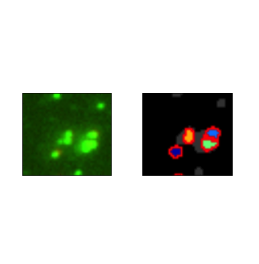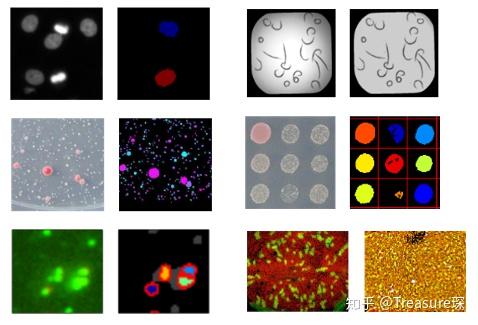

Nevertheless, smooth-muscle-specific deletion of tumor suppressor genes can result in defective epithelial growth 20. Smooth muscle cells are one of the most prevalent non-epithelial cell types throughout the intestine, yet, their role in providing niche factors or affecting the ECM niche is largely unknown. Smooth muscle cells reside in the muscularis mucosae, as a layer underneath the lamina propria, as well as outside of the mucosa in the muscularis propria in two thick layers, circular and longitudinal, and can be distinguished by being SMA and Desmin positive 16, 17, 19.

In addition, growth factors can interact with, or be embedded within the ECM to modulate their activity. The mechanical or extracellular matrix (ECM) niche is an additional defining factor, for example, by modulating the mechanosensory HIPPO/YAP pathway 4, 18. However, intestinal epithelial homeostasis does not solely rely on soluble niche factors. Here we find several cell types characterized by specific marker expression and ultrastructural features in electron microscopy such as different types of telocytes (FOXL1 14, 15,PDGFRA high), trophocytes (PDGFRA low 8), fibroblasts, myofibroblasts (SMA+, Desmin−), and mesenchymal stromal/stem cells 16, 17. These mesenchymal cells reside in the intestinal lamina propria between the epithelium and the muscularis mucosae. In addition, within this dedifferentiation process, an epithelial reparative state exists, which is fetal-like, and depends on reprogramming by YAP 4, 5, and is further characterized by markers such as SCA-1 and HOPX 4, 6, 7Īdult intestinal epithelial (stem cell) maintenance relies on a variety of niche factors such as WNTs, R-spondins (RSPOs), Bone morphogenic proteins (BMPs), and prostaglandins, all of which are expressed by mesenchymal cell subtypes 8, 9, 10, 11, 12, 13. Upon injury, however, or after depletion of LGR5+ cells, LGR5- cells can rapidly regain LGR5 expression and thus dedifferentiate to repopulate the crypt bottoms 2, 3. During homeostasis, intestinal epithelial cells are all derived from LGR5+ intestinal stem cells (ISCs) that reside at the bottom of crypts 1. The intestinal epithelium consists of a single layer of cells that is important for the uptake of nutrients as well as for providing a barrier to protect from pathogens.

Together, we identify an important signaling axis that establishes a role for smooth muscle cells as modulators of intestinal epithelial regeneration and the intestinal stem cell niche. Furthermore, we propose that MMP17 affects intestinal epithelial reprogramming after damage indirectly by cleaving diffusible factor(s) such as the matricellular protein PERIOSTIN. Mechanistically, we find that the membrane-bound matrix metalloproteinase MMP17, which is exclusively expressed by smooth muscle cells, is required for intestinal epithelial repair after inflammation- or irradiation-induced injury. Furthermore, muscle-derived factors render epithelium reparative and fetal-like, which includes heightened YAP activity. Here, we show that smooth muscle cells may be the dominant suppliers of BMP antagonists, which are niche factors essential for intestinal stem cell maintenance. However, very little is known about other putative roles that smooth muscle cells may have. Smooth muscle is an essential component of the intestine, both to maintain its structure and produce peristaltic and segmentation movements.


 0 kommentar(er)
0 kommentar(er)
